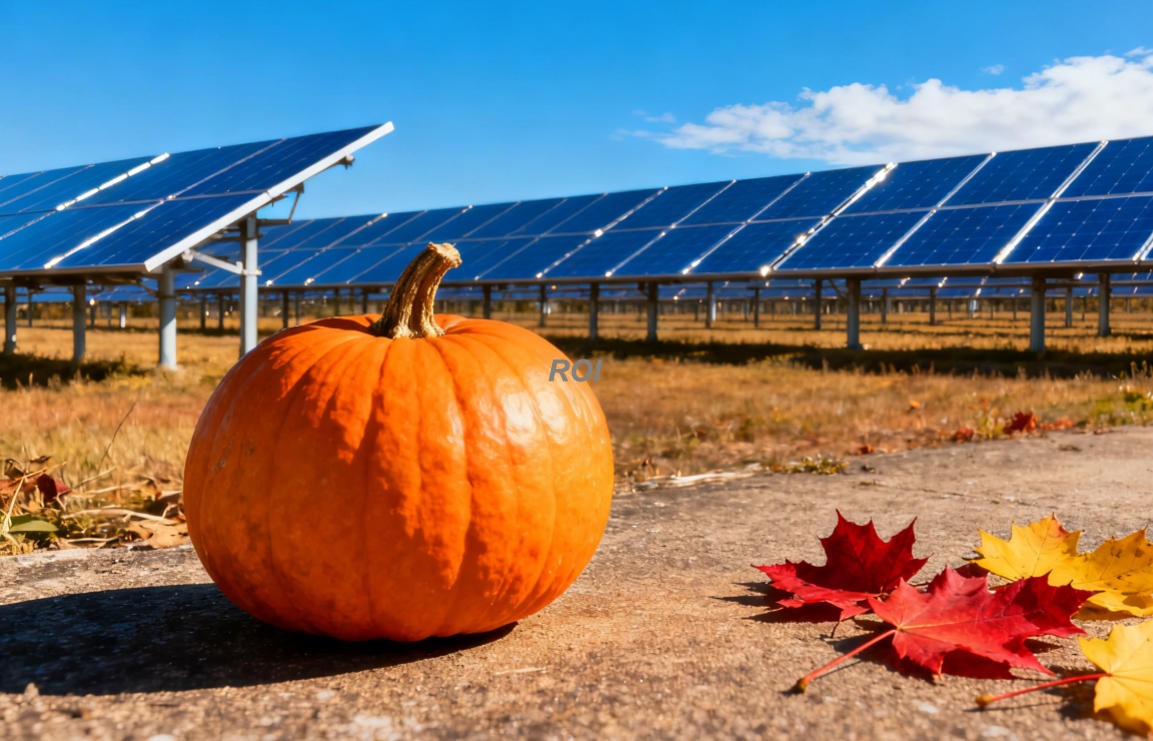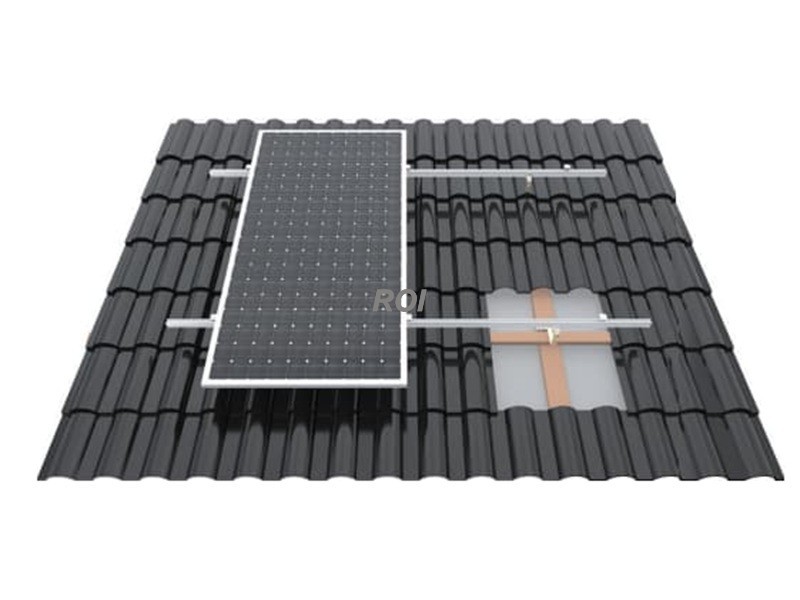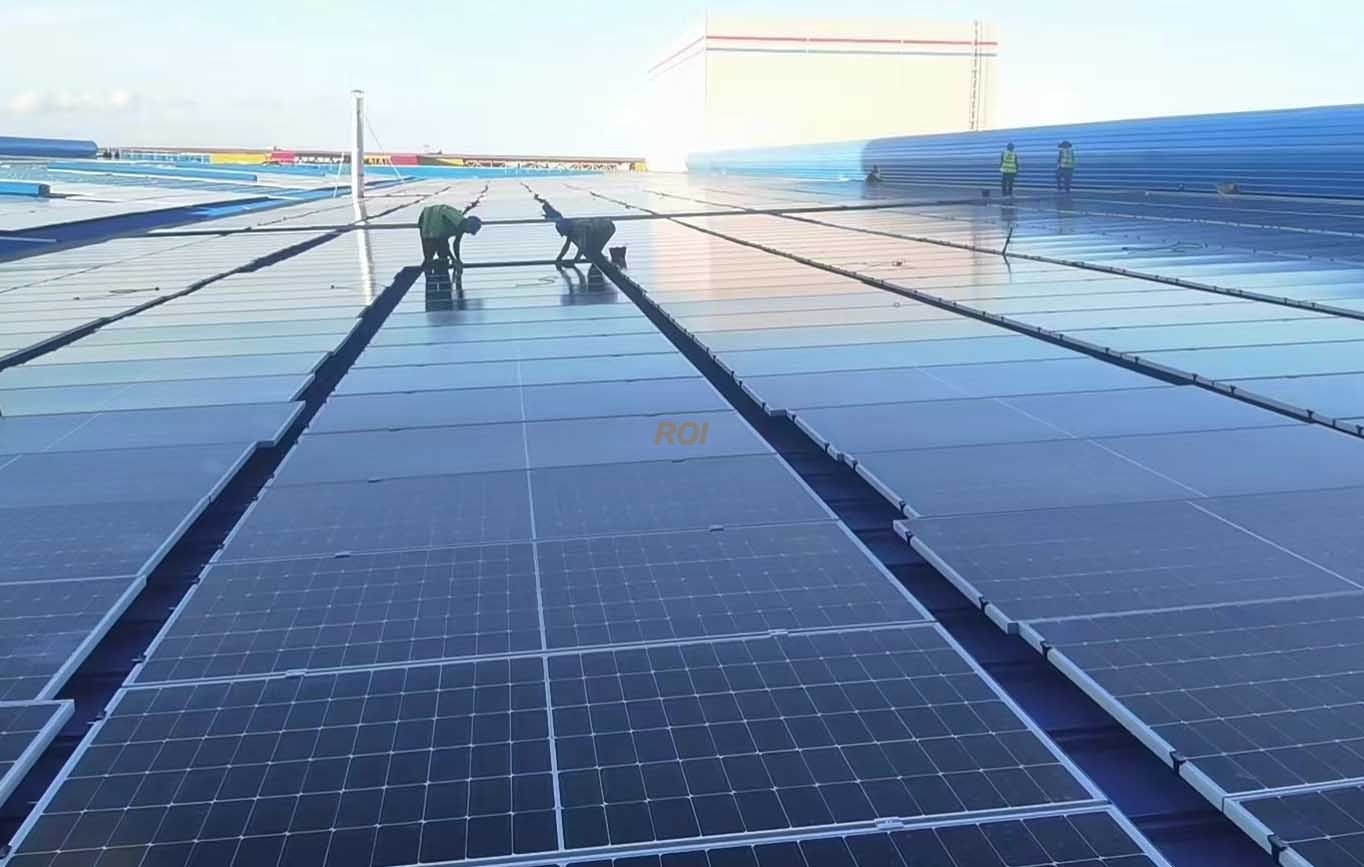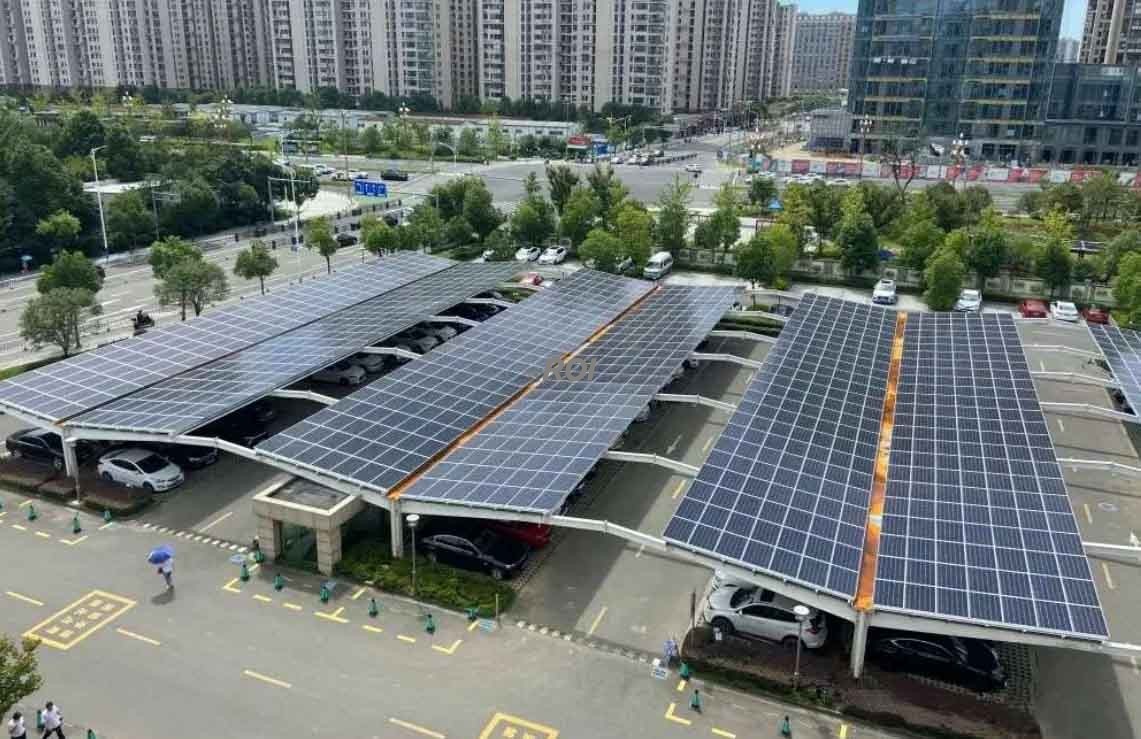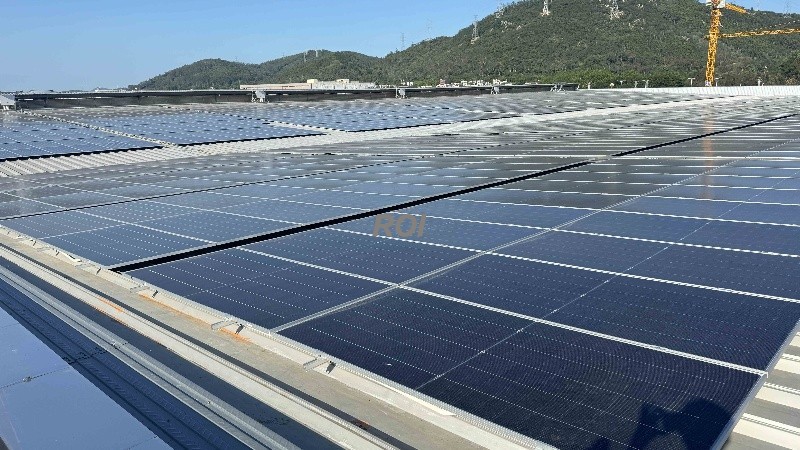Thanksgiving & Solar Mounting:That Powers Our Homes
Nov 26, 2025
This Thanksgiving, we reflect on the meaningful connections we’ve built and the milestones we’ve achieved together. Looking ahead to the coming year, we are excited to continue delivering high-quality products, creative solutions, and reliable service that exceed your expectations.
May this Thanksgiving bring you and your loved ones joy, warmth, and abundant blessings. Wishing you a wonderful holiday season filled with cherished moments, and a prosperous new year ahead.
Thank you again for being an integral part of our journey. We look forward to deepening our partnership and creating more success stories together in 2026.
The Backbone of Solar Energy: Why Mounts Matter
When we think about solar power, our minds typically drift to the sleek that capture sunlight and convert it into electricity. But none of that would be feasible without the right mounting system. Solar mounts are the backbone of any solar installation, and their importance goes far beyond “holding up.”
First, they’re engineered for durability—standing strong against harsh weather, from blizzards that dump feet of snow to summer thunderstorms with gusty winds. Here in [insert a relatable region, e.g., the Northeast], where winter temperatures plummet and ice can weigh heavily on rooftops, our solar mounts have proven their mettle year after year. They keep our securely in place, ensuring we don’t lose access to clean energy when we need it most (like during those long, dark November evenings).
Second, they optimize energy production. Adjustable mounts, for example, let us tilt to face the sun’s path, maximizing sunlight absorption. Even a small adjustment—guided by the mount’s design—can boost efficiency by 10-15%, which adds up to significant savings on utility bills over time. For our family, that means more money to spend on holiday meals, gifts for the kids, or even a weekend getaway—blessings we directly owe to those hardworking mounts.
Gratitude for Sustainability: Mounts as Catalysts for Change
Thanksgiving is also a time to reflect on our responsibility to care for the planet—after all, it’s the source of the food we eat, the air we breathe, and the homes we cherish. Solar mounts play a quiet but powerful role in advancing sustainability by making renewable energy accessible.
Before we installed solar, our home relied entirely on fossil fuels for electricity—contributing to greenhouse gas emissions and climate change. Now, thanks to our mounting system (which made a rooftop installation possible on our older home), we generate 80% of our own clean energy. Last month alone, we avoided over 500 pounds of CO2 emissions—equivalent to planting 12 trees. That’s a gift we get to give back to the planet, and it all starts with a well-designed mount.
What’s more, solar mounts are often made from recycled or recyclable materials, aligning with the circular economy we should all strive for. Manufacturers are increasingly prioritizing eco-friendly production, meaning even the “hidden” parts of our solar systems are working toward a greener future.
A Personal Note: Gratitude in the Details
This Thanksgiving, as I carve the turkey and pass the cranberry sauce, I’ll think about the day our solar mounts were installed. The crew arrived early, carefully measuring our roof, securing each bracket, and testing every connection. They explained how the mounts would adapt to the seasons, ensuring our always performed their best. At the time, it felt like just another home improvement project—but now, it’s clear it was an investment in our family’s future and the planet’s.
I’m grateful for the engineers who design these mounts to be both strong and efficient, for the workers who install them with care, and for the innovation that makes solar energy a reality for everyday people. These small, sturdy structures remind me that gratitude often lives in the details—the parts of our lives we don’t notice until we stop and reflect.
This Thanksgiving, Let’s Celebrate the “Unsung Heroes”
As you gather with your loved ones this year, take a moment to think about the unsung heroes in your life—whether they’re the people who support you, the technologies that make your days easier, or the structures that power your home. For me, solar mounts are a reminder that sustainability and gratitude go hand in hand. They’re not just pieces of metal—they’re a symbol of hope for a cleaner, brighter future.
Happy Thanksgiving, and may your home be filled with warmth, love, and the quiet power of clean energy.
